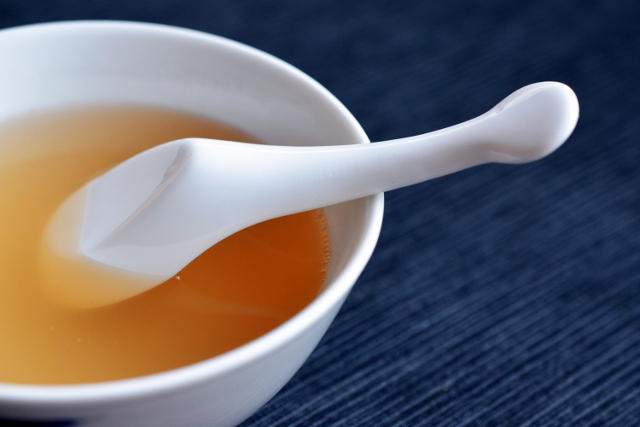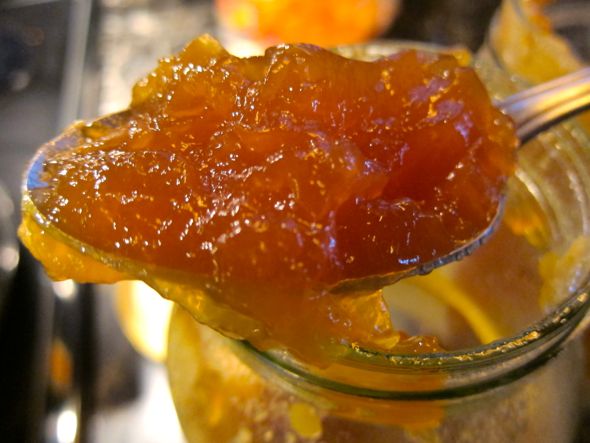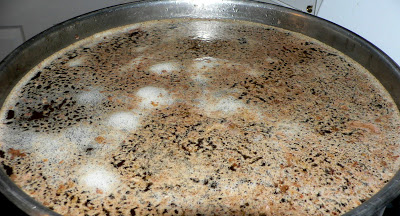When the cold weather creeps in it is time for me to make broth. The warmth and nourishment seem to fit well with my quest toward natural and seasonal living. I used my last quart of beef broth last week for the sensational, crowd pleasing Shepherds Pie (recipe forthcoming).
Something in me just doesn’t feel right when there is no stock in the freezer.
I normally put up at least 52 quarts of bone both broth throughout the winter, one for each week but after reading the article by Allison Siebecker I may have to double that amount. Her article describes in detail the benefits of bone broth as well as explaining each component of bone broth and its benefits.
Here is her list of ailments that are benefited by broth: aging skin, allergies, anemia, anxiety, asthma, atherosclerosis, attention deficit, bean maldigestion, brittle nails, carbohydrate maldigestion, Celiac Disease, colic, confusion, constipation, dairy maldigestion, delusions, dental degeneration, depression, detoxification, Diabetes, diarrhea, fatigue, food sensitivities, fractures, Gastritis, grain maldigestion, heart attack, high cholesterol, hyperactivity, hyperchlorhydria (reflux, lcer), hyperparathyroidism (primary), hypertension, hypochlorhydria, hypoglycemia, immunodepression, increased urination, infectious disease, inflammation, Inflammatory Bowel Disease (Crohn’s Disease and Ulcerative Colitis), insomnia, intestinal bacterial infections, irritability, Irritable Bowel Syndrome, Jaundice, joint injury, Kidney stones, leaky gut, loss of appetite, meat maldigestion, memory, muscle cramps, muscle spasms, muscle wasting, muscle weakness, Muscular Dystrophy, nausea, nervousness, Osteoarthritis, Osteomalacia, Osteoporosis, pain, palpitations, Periodontal Disease, pregnancy, rapid growth, restlessness, Rheumatoid Arthritis, Rickets, seizure, shallow breathing, stupor, virility, vomiting, weakness, weight loss due to illness, wound healing. CRAZY!
Broth is one of those foods that have been around for centuries and due to our overly busy schedules we’ve let fall by the wayside, imagining hours of straining and stirring. Nothing could be further from the truth. Stock making can be an easy and enjoyable part of natural and seasonal living, if you remember a few key tips.
1. Always use bones from healthy animals
2. The longer you simmer, the more you minerals you will pull from the bones but the less gelatin you’ll have
3. Don’t boil the stock – just let it gently simmer – don’t let it go over 200-220 F (the big gelatin killer)
4. Don’t leave the lid on the pot (too much condensation gives the broth a bad taste)
5. Use only organic vegetables ( a no brainer)
6. Try to use a variety of bones for their different properties
Traditional Bone Broth
1. Bones — raw bones, with or without skin and meat, from poultry, beef, lamb or veal – use a whole carcass or just parts (good choices include feet, ribs, necks and knuckles)
2. Water — start with enough cold water to just cover the bones or 2 cups water per 1 pound bones
3. Vinegar — 2 tablespoons apple cider, red or white wine, rice or balsamic vinegar per 1 quart water or 2 pounds bones – lemon juice may be substituted for vinegar (citric acid instead of acetic acid)
4. Vegetables (optional) — peelings and scraps like ends, tops and skins or entire vegetable celery, carrots, onions, garlic and parsley are the most traditionally used, but any will do (if added towards the end of cooking, mineral content will be higher)
Add vegetables anytime, up to the last 1/2 hour of cooking. A basic formula is 50% onions, 25% celery and 25% carrots.
Combine bones, water and vinegar in a pot, let stand for 30 minutes to 1 hour, bring to a simmer, remove any scum that has risen to the top, reduce heat and simmer (6-8 hrs for chicken, 8-10 hrs for beef). It is VERY important to keep the temperature to 200F or below after the initial boiling because the bones stop releasing gelatin at higher temperatures.If you forget to skim the impurities off, it’s ok, it just tastes better if you do. If you wish to remove the fat for use in gravy, use a gravy separator while the broth is warm, or skim the fat off the top once refrigerated.
Broth ready for skimming
If your oven can be set to a low temperature that maintains the stock at 200F or lower just put your stock into the oven overnight.



